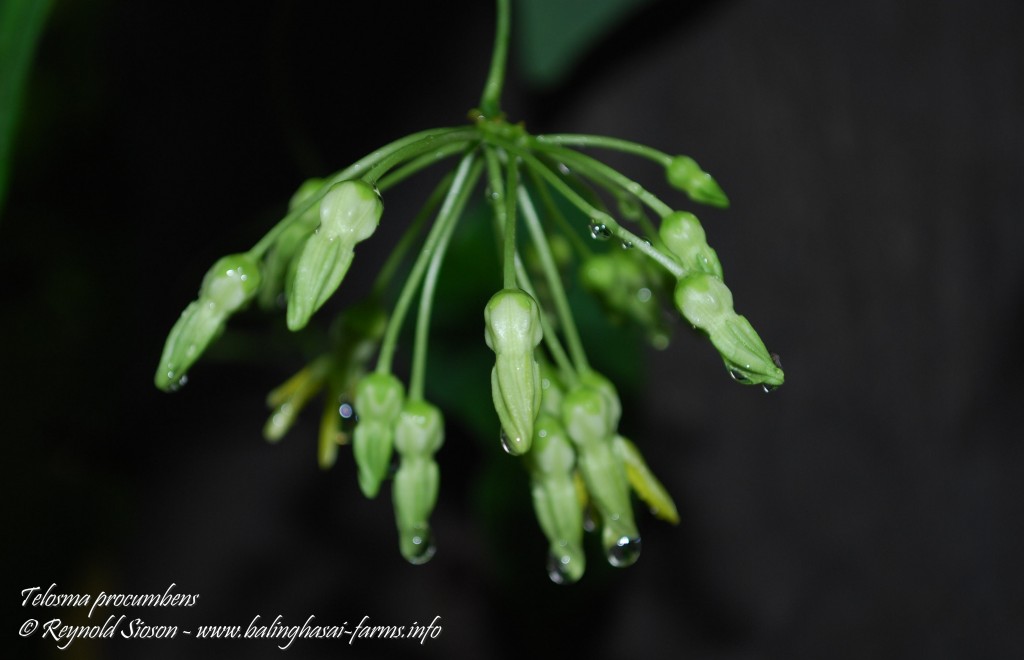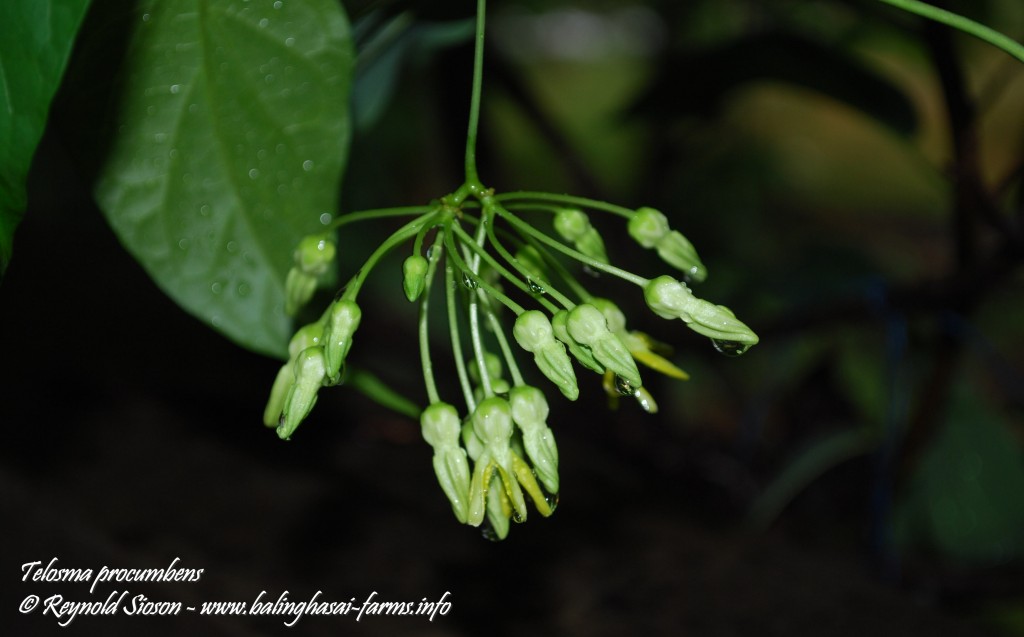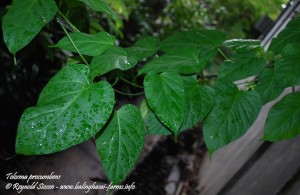Habitats : Along creeks and sparingly on drier and more open places
Local names : Puso-puso, Sablot, Lauat
Botanical name : Litsea glutinosa
Family : Lauraceae
Height : 6-14 meters
Fruiting season : Matured fruits observed in June
Traits : Drought tolerant; Evergreen; Fast growing; Tolerant of infertile soil; Wind hardy
Recommendations : Agroforestry; Backyards; Erosion control; Farms; Large avenues; Living fence; Paper & pulp tree plantations; Pioneer species for reforestation purposes; Public spaces; Riparian management; Roadside tree; Shade tree; Timber belt; Urban greening; Wildcrafting; Windbreak
Used for : Various parts of the tree have medicinal uses; Seed oil used for making soap; Leaves are soaked in water for a number of days to produce a slimy or glutinous liquid employed as a traditional shampoo, the same liquid mixed with other building materials has been used to build some Philippine ancestral buildings which still stand today; Wood for light constructions, furnitures, veneers, plywoods and carving; Pulpwood; Firewood and charcoal
Native range : India, Southern China, Southeast Asia (including the Philippines) to Australia
National conservation status : Not threatened
Possible threats : Clearing of woodlands for agricultural, residential or commercial use; Indiscriminate cutting of wild trees for fuel wood and charcoal production
Further readings :
AgroForestryTree Database (World Agroforestry Centre) Litsea glutinosa http://www.worldagroforestrycentre.org/sea/Products/AFDbases/af/asp/SpeciesInfo.asp?SpID=18186
Bureau of Plant Industry Medicinal Plants Publication - Litsea glutinosahttp://www.bpi.da.gov.ph/Publications/mp/pdf/p/puso-puso.pdf
Philippine Woods : Principal Uses, Distribution & Equivalent Woods in Asia Pacific (A. Ella, A. Tongacan, R. Escobin & F. Pitargue) (440)



